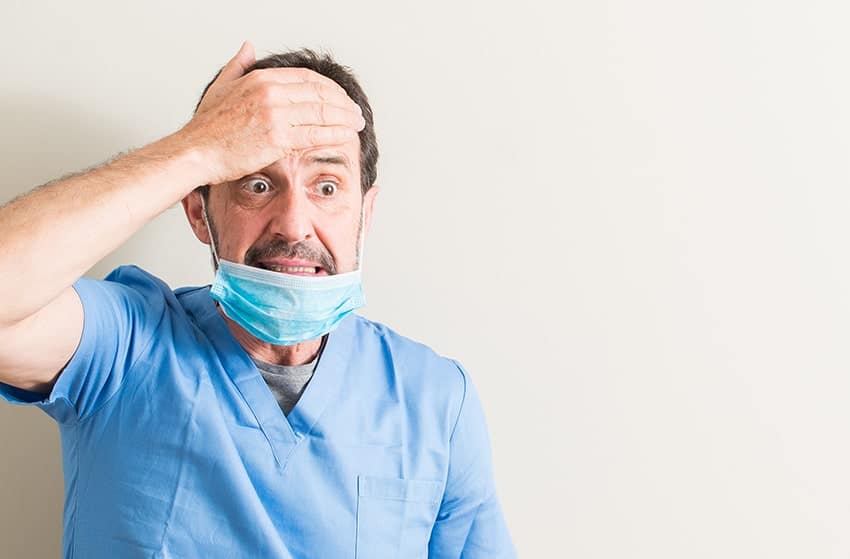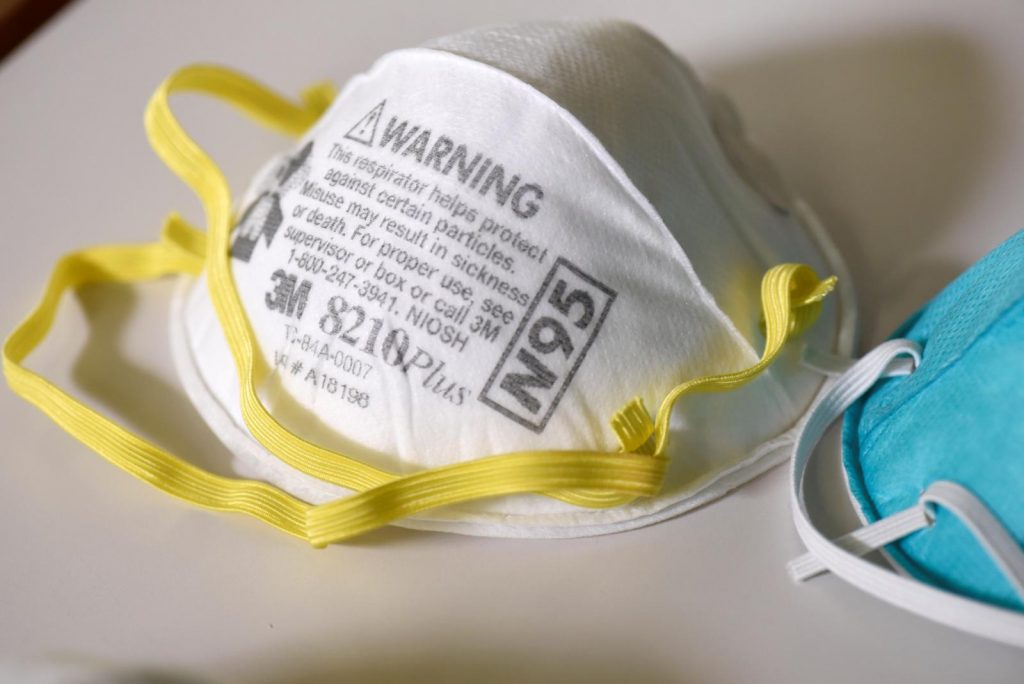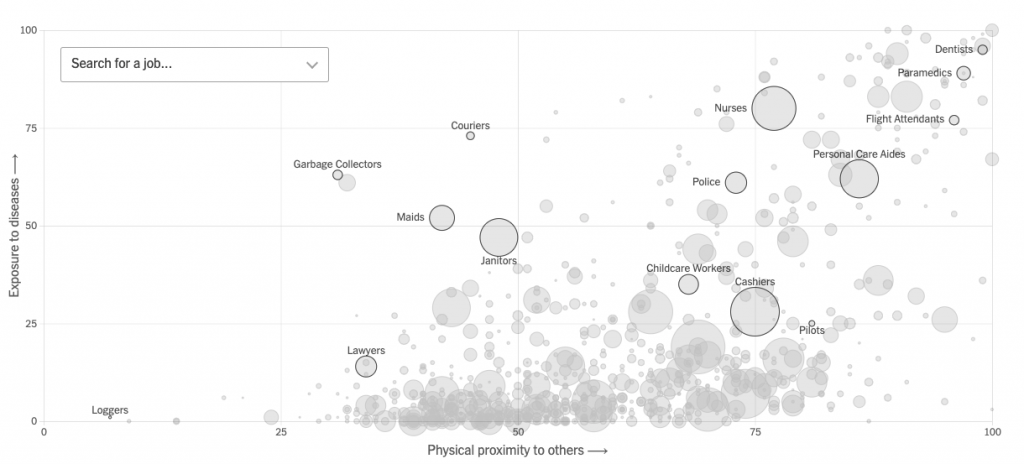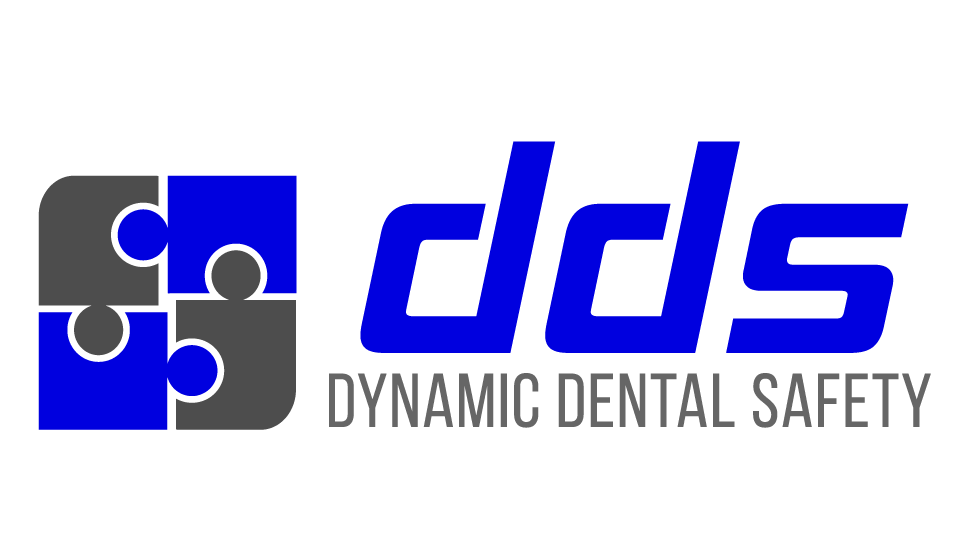What Constitutes a Dental Emergency?

After the American Dental Association (ADA) released a statement recommending that dentists nationwide postpone elective procedures, thousands of dentists were left confused and frustrated as to what procedures should be considered urgent and what should be postponed .
In order to mitigate this confusion, the ADA followed up this statement by releasing this resource in order to help clarify what is considered urgent vs elective, including examples.
Dental emergencies are potentially life threatening and require immediate treatment to stop ongoing tissue bleeding, alleviate severe pain or infection, and include:
- Uncontrolled bleeding
- Cellulitis or a bacterial infection with swelling that potentially compromise the patient’s airway
- Trauma involving facial bones, potentially compromising the patient’s airway
Urgent dental care focuses on the management of conditions that require immediate attention to relieve severe pain and/or risk of infection and to alleviate the burden on hospital emergency departments. These should be treated as minimally invasively as possible.
- Severe dental pain from pulpal inflammation
- Pericoronitis or third-molar pain
- Surgical post-operative osteitis, dry socket dressing changes
- Abscess, or localized bacterial infection resulting in localized
pain and swelling - Tooth fracture resulting in pain or causing soft tissue trauma
- Dental trauma with avulsion/luxation
- Dental treatment required prior to critical medical procedures
- Final crown/bridge cementation if the temporary restoration is lost, broken or causing gingival irritation
- Biopsy of abnormal tissue
Other urgent dental care includes:
- Extensive dental caries or defective restorations causing pain (Manage with interim restorative techniques when possible [silver diamine fluoride, glass ionomers])
- Suture removal
- Denture adjustment on radiation/ oncology patients
- Denture adjustments or repairs when function impeded
- Replacing temporary filling on endo access openings in patients experiencing pain
- Snipping or adjustment of an orthodontic wire or appliances piercing or ulcerating the oral mucosa
For the entire statement and to view examples, read the PDF here.
Additional resources for office closure:
Sample Letter for Patients (ADA): Use this note to communicate to your patients your availability during this time
Checklist for Closing Your Office (Patterson Dental): What you need to do to prepare to close your office and what needs to be done weekly
Responding to Dental Emergencies During COVID19
Dental settings have unique characteristics that warrant additional infection control considerations.
The CDC has released the following to provide guidance to dentists who must provide treatment during the COVID-19 outbreak: Interim Infection Prevention and Control Guidance for Dental Settings During the COVID-19 Response
Personal Protective Equipment (PPE): N95 Respirators & PPE Shortages

N95 Respirators
We’ve been getting many calls about where to locate N95 respirators. At this time, N95 respirators are prioritized for the medical community dealing directly with patients showing symptoms of COVID-19. The usage of these N95 masks and other respiratory protection is only required for all healthcare personnel providing direct care to these patients (OSHA).
More Resources
Non-occupational Uses of Respiratory Protection – What Public Health Organizations and Users Need to Know (CDC) Who should use respirators, how they should be fitted, and best practices while using them
PPE Shortages
This has been a major predicament for the entire medical community, especially the front line physicians and nurses. The Centers for Disease Control and Prevention (CDC) released an article entitled “Strategies for Optimizing the Supply of Facemasks”. They are encouraging healthcare providers to selectively cancel elective and non-urgent procedures and appointments for which a facemask is typically used as well as implement extended use of facemasks. Read the article here.
More Resources
Surgical Mask and Gown Conservation Strategies – Letter to Healthcare Providers (FDA) Recommendations for conservation strategies for use by healthcare organizations
Recordkeeping and Reporting Requirements
OSHA guidelines state that employers with more than 10 employees are required to keep a record of serious work-related injuries and illnesses. Since COVID-19 is an illness that results in days away from work, it must be recorded and reported. According to OSHA, “records must be maintained at the worksite for at least five years. Each February through April, employers must post a summary of the injuries and illnesses recorded the previous year. Also, if requested, copies of the records must be provided to current and former employees, or their representatives.”
COVID-19 Relief Programs for Small Businesses
Employers and employees alike are facing enormous negative effects on wages and hours worked. Here are some updates on current financial information to keep your business running as smooth as possible.
SBA Economic Injury Disaster Loans (EIDLs)
This is an expansion of the EIDLs already available from the SBA. Business with <500 employees can receive loans of up to $2m
Helpful Links: Explainer & Instructions; Application; SBA Link
Families First Coronavirus Response Act (FFCRA)
Requires certain employers to provide employees with paid sick leave or expanded family and medical leave for specified reasons related to COVID-19. Employers are eligible to receive tax credits for all qualifying wages paid under FFCRA, up to applicable payment caps.
Helpful Links: Brief Explainer; FAQs
SBA 7(a) Paycheck Protection Program (PPP)
Loans of up to lessor of $10M or 2.5X last year’s average monthly payroll –can be used for payroll, mortgage/rent, utilities — and forgivable if certain headcount rules are met
Helpful Links: Brief Explainer; Application Form
Employer Payroll Tax Delay & Other Tax Provisions
Employers can defer the 6.3% payroll tax due until 2021/22Tax credits of up to $5k per employee for qualifying business
Summary of Tax Provisions
Preparing Your Office and Staff for Re-Opening After Closure
Dentists Face Greatest Coronavirus Risk
Dentists are among the largest group of healthcare workers who most at risk of contracting COVID-19, according to this interactive chart from The New York Times.

Prepare Your Workplace for COVID19 (ADA & OSHA)Planning guidance based on traditional infection prevention and industrial hygiene practices. It focuses on the need for employers to implement engineering, administrative, and work practice controls and personal protective equipment (PPE)
Prevent Worker Exposure to Coronavirus (COVID-19) (OSHA) Employers and workers should follow these general practices to help prevent exposure to coronavirus
Guidance on Preparing Workplaces for COVID-19 (OSHA/Department of Labor)
Hygiene-related Posters (CDC) Display these posters in your office to remind patients of preventative measures
Infection Prevention Checklist for Dental Settings (CDC) A detailed checklist for ensuring the office has appropriate infection prevention policies and practices in place
Fit Testing
The Occupational Safety and Health Administration (OSHA) (29 CFR 1910.134) requires an annual respirator fit test to confirm the fit of any respirator that forms a tight seal on the wearer’s face before it is used in the workplace. This ensures that users are receiving the expected level of protection by minimizing any contaminant leakage into the facepiece.
Summary of Fit Test Requirements
More information on the fit testing that Dynamic Dental Safety provides can be found here: https://www.dynamicdentalsafety.com/n95-fit-testing/
COVID-19: More Resources
Coronavirus Frequently Asked Questions (ADA)This document provides answers to some recent member question regarding: Business Interruption Insurance, HIPAA, Student Loans, Federal Income Taxes, SBA Loans, Personal Protective Equipment (PPE), including masks, Communicating with patients, Maintaining the practice’s physical environment, Communicating with staff
Centers for Disease Control and Prevention COVID-19 Situation Webpage (CDC) Dentists are urged to view this page frequently for up-to-date insight on the coronavirus and its spread.
IMPORTANT DISCLOSURES
Information contained herein is only current as of the printing date and is intended only to provide the observations, interpretations and views of Dynamic Dental Safety, LLC (“Dynamic”) as of the date of writing unless otherwise indicated. Dynamic has no obligation to provide recipients hereof with updates or changes to the information contained herein.
